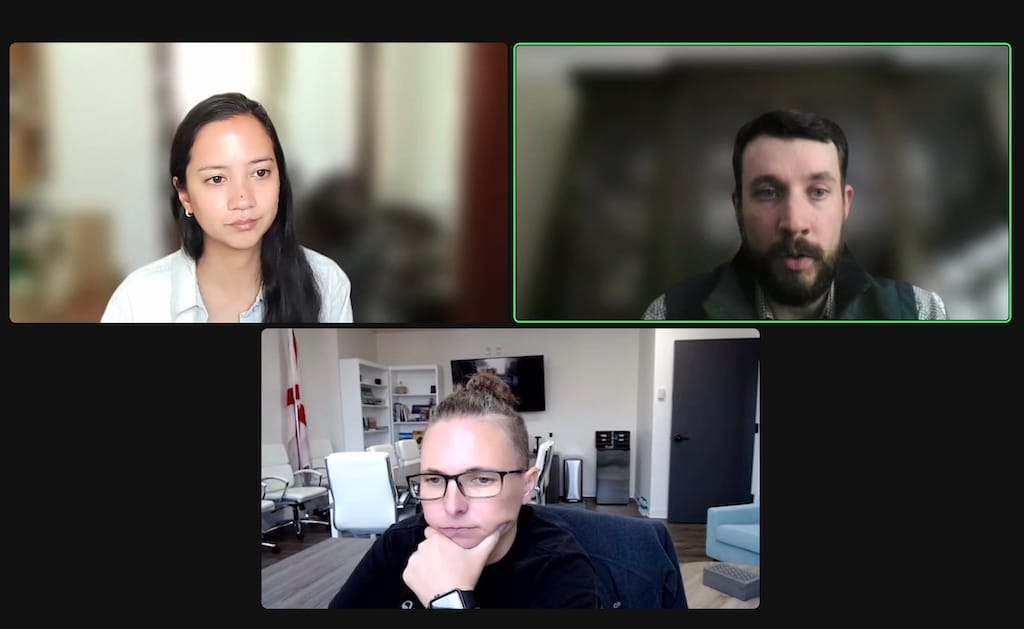State Broadband Offices Have Obligation to Explain NTIA Notice of Funding to Applicants
Georgia Technology Authority representative says the notices are dense and difficult for applicants to understand.
T.J. York

WASHINGTON, May 20, 2022 – A representative from the Georgia Technology Authority on Friday said that state broadband offices are obligated to work with those applying for funding from the bipartisan infrastructure bill so that they understand the rules used to determine grant allocation.
Speaking at an event on grant applications for rural communities hosted by the National Broadband Resource Hub, Josh Hildebrandt, GTA’s director of broadband initiatives, emphasized that to maximize their chances of being selected for funding, applicants could require significant assistance in understanding the National Telecommunications and Information Administration’s notices of funding opportunity that were released last week.
Want to know more about this game-changing Notice of Funding Opportunity, and the powerful tools it brings to U.S. last mile broadband? Visit Broadband.Money‘s tools and resources, including four themes to watch for in the Broadband Equity, Access and Deployment NOFO.
“They are established for the sole fact of working through these NOFOs and being able to just deploy these funds,” said Hildebrandt.
Experts such as digital access organization Thrive Regional Partnership’s director of transportation and infrastructure Shannon Millsaps, another panelist at Friday’s event, say that the NTIA’s notices are not very easy for applicants to understand in part due to the dense language they use in explaining agency guidelines.
Hildebrandt also encouraged grant applicants to follow criteria in federal rules for disbursement that is stated to be “preferred” for grant allocation, stating that this will increase chances for applicants to win funding.
Millsaps additionally emphasized the need to remember in fund disbursement that different communities are struggling with different barriers to connectivity, even ones within the same state, and that different approaches to connecting the communities will be required during implementation of broadband infrastructure expansion.









Member discussion